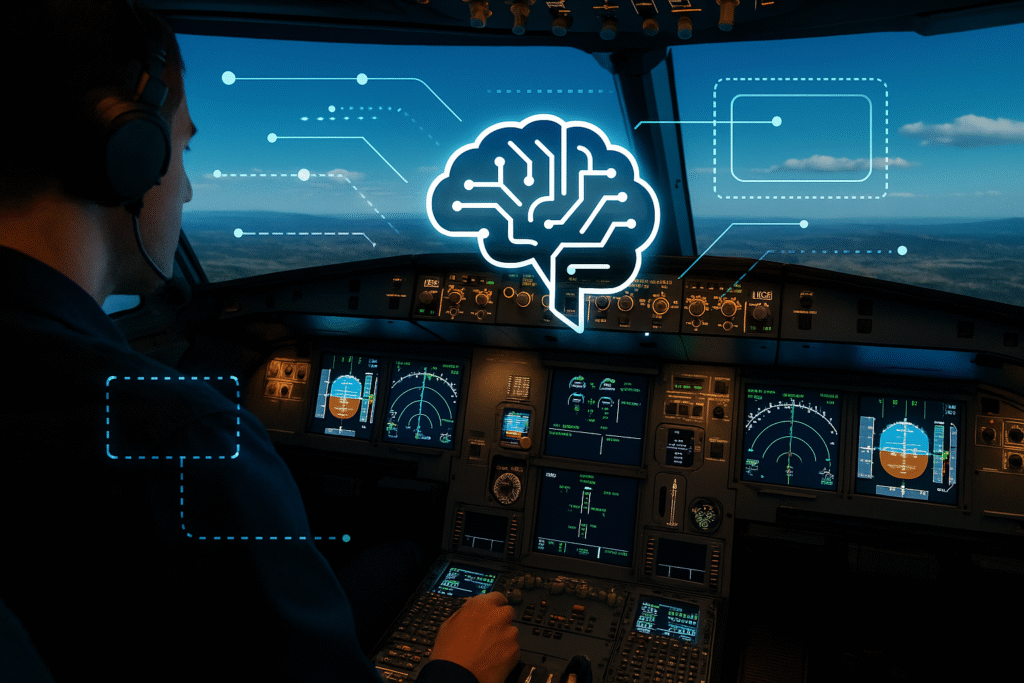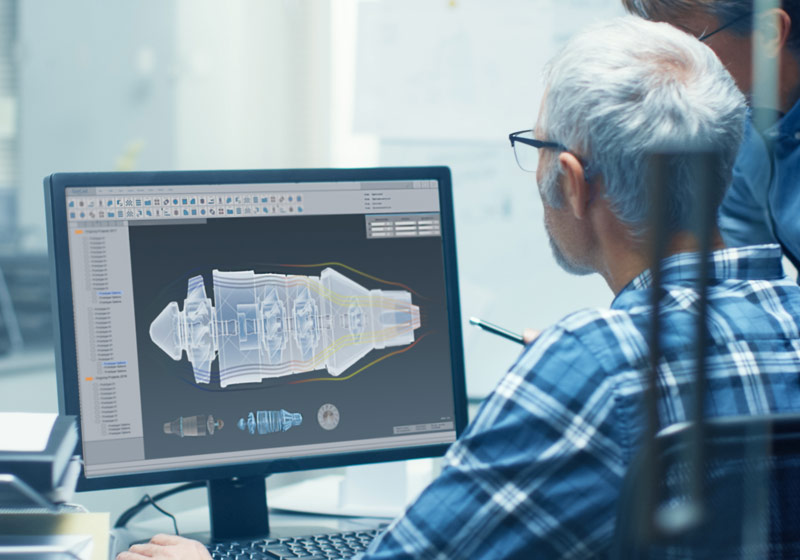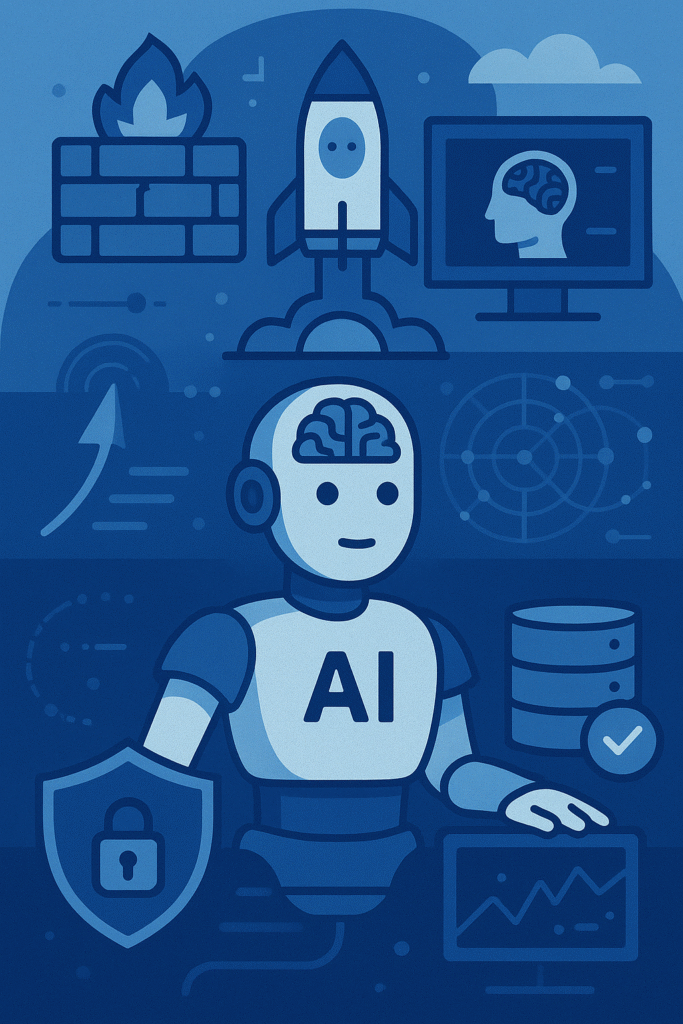Introduction
The aviation world faces a growing challenge—Boeing projects a global demand for over 649,000 new pilots by 2041. Yet, traditional simulators fail to keep up with evolving aircraft systems and learning needs.
Enter AI-assisted pilot-training cockpits—adaptive simulation environments that continuously analyze pilot performance, personalize learning, and optimize every second of flight training. These systems aren’t just modern tools—they’re becoming mission-critical for airlines, defense agencies, and training academies worldwide.
The Shift from Static to Adaptive Training
Why Traditional Simulators Fall Short
Conventional simulators rely on fixed, repeatable scenarios. Every trainee faces identical engine failures, weather conditions, and mission paths. This limits real-world readiness because:
- They ignore individual learning speeds and cognitive styles.
- Scenario repetition builds memory, not adaptability.
- Instructors must manually tweak sessions—introducing inconsistency.
AI Changes Everything
AI-driven simulators transform this model into living, learning systems. They:
- Analyze pilot behavior in real-time.
- Adjust weather, systems, and emergencies dynamically.
- Personalize training paths based on each pilot’s strengths and weaknesses.
The result? Faster learning, higher engagement, and better decision-making under stress.
How AI Elevates Pilot Performance
Real-Time Cognitive Analysis
AI tracks control precision, eye movement, and stress responses—then adjusts difficulty in milliseconds. The system identifies when a pilot is overwhelmed or under-challenged, creating the “sweet spot” for learning.
Adaptive Scenario Complexity
Each session evolves with performance:
- Progressive scaling challenges pilots as they master concepts.
- Contextual reinforcement ensures skills transfer to new flight conditions.
- Targeted remediation eliminates wasted time on mastered areas.
Predictive Analytics for Safer Skies
Machine learning predicts when a pilot’s skills may fade, prompting refresher modules. It also detects emerging risk patterns across trainees—allowing proactive curriculum updates before errors occur in real operations.
Netray’s AI Agent Architecture
Collaborative AI Agents
Netray’s system uses a multi-agent framework, where each AI component plays a specialized role:
- Performance Agent: Tracks every input and decision, creating deep competency profiles.
- Scenario Agent: Generates adaptive environments blending weather, traffic, and system variables.
- Difficulty Agent: Calibrates complexity in real-time to keep learning optimal.
- Progress Agent: Monitors long-term growth and adjusts training paths intelligently.
Instant Adaptation in Action
If a pilot struggles, the system reduces environmental load or provides subtle prompts. When mastery is detected, the AI increases mission complexity. Every change happens seamlessly—no restarts, no breaks in immersion.
Seamless Integration
Built for interoperability, Netray’s AI works with CAE, Thales, and FlightSafety simulators, supporting existing instructor workflows while remaining fully FAA and EASA compliant.
Measurable Impact
Organizations adopting AI-driven training consistently report:
- 40% faster training cycles through adaptive repetition reduction.
- 25–35% cost savings in simulator hours and instructor time.
- 20% better emergency response times via personalized stress conditioning.
- 15–20% improved skill retention due to individualized reinforcement.
In short—smarter training, safer skies.
Implementation and Change Management
For Airlines & Academies
Cloud-based deployment enables centralized performance analytics across training centers.
For Military & Defense
On-premise, air-gapped installations ensure classified mission security while maintaining full AI adaptability.
For Corporate Flight Teams
Subscription-based models deliver enterprise-grade adaptive training without major IT investments.
Human Integration
AI doesn’t replace instructors—it empowers them. Detailed analytics reveal learning blind spots and progress metrics, allowing instructors to focus on mentorship rather than manual adjustments.
Future of AI in Aviation Training
- VR/AR Fusion: Immersive, hyper-realistic simulations merge with adaptive AI guidance.
- Biometric Feedback: EEG and heart-rate sensors refine stress-training accuracy.
- Predictive Maintenance Training: Pilots learn to anticipate and react to system degradation proactively.
- Global Training Standardization: Cloud-based AI ensures consistent quality worldwide.
Conclusion: The New Era of Adaptive Aviation Learning
AI-assisted cockpits are transforming pilot training from static instruction to dynamic, personalized simulation ecosystems. They don’t just teach procedures—they teach adaptability, composure, and decision-making under pressure.
With Netray’s adaptive AI agents, training organizations achieve faster certification, higher safety, and measurable ROI. In an era where pilot readiness defines operational success, the future of flight education is already airborne—and powered by AI.



